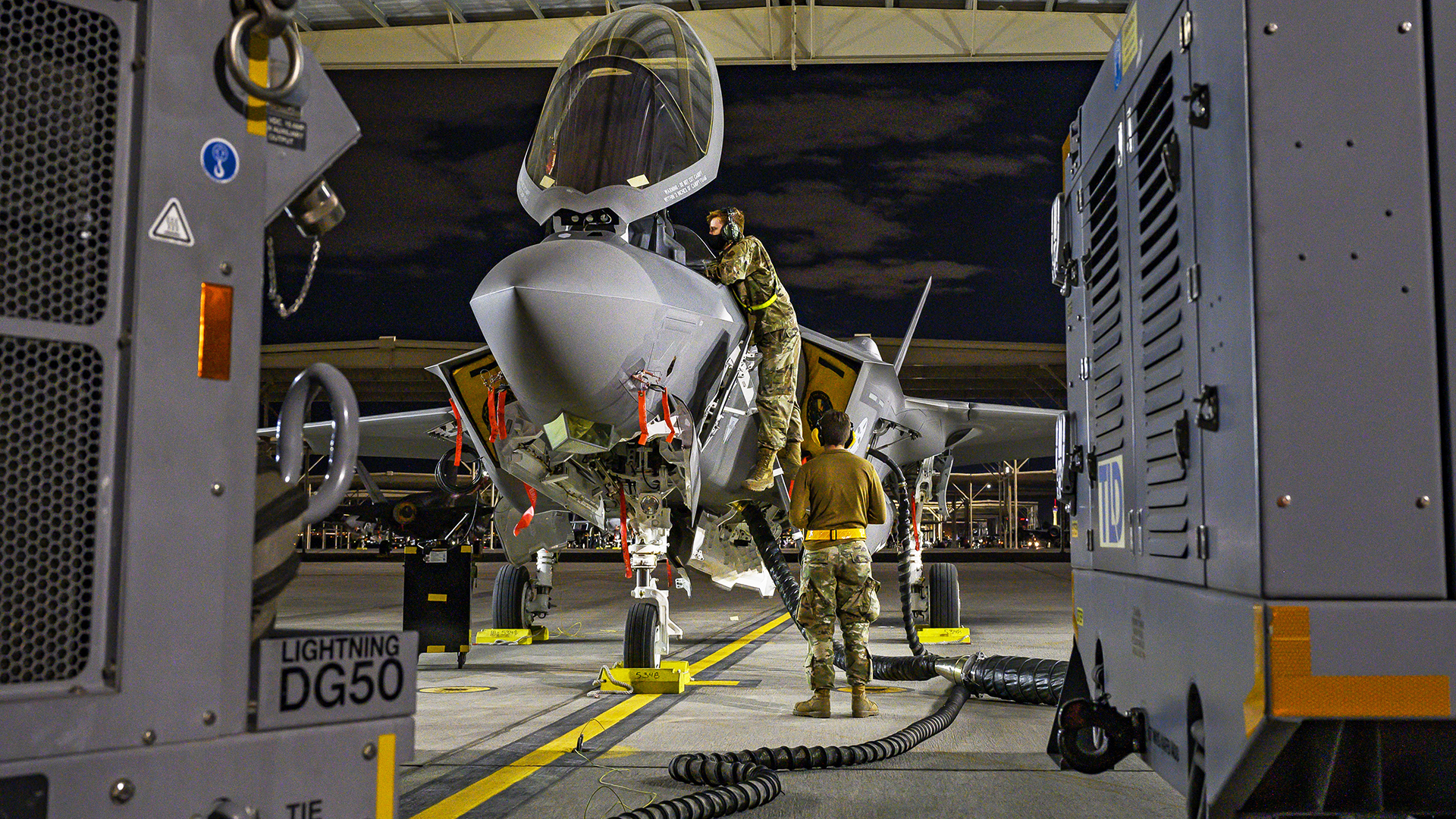The Pentagon’s latest plan for the F-35 stealth fighter includes putting a stop on deliveries this summer while it holds out for production jets with the required Technology Refresh 3, or TR-3 hardware to support a range of future improvements.
You can read all about TR-3 and how it is critical to the F-35’s future here and here.
The much-delayed TR-3 upgrade is critical to supporting the Block 4 modernization for the Joint Strike Fighter. However, it seems that past woes with concurrency — the combined development and production process in which F-35s are manufactured before all features have been completely tested or vetted — are driving this approach. It remains to be seen what kind of impact it could have on the timeline for the stealth jet, which is the Department of Defense’s most expensive weapon system ever.
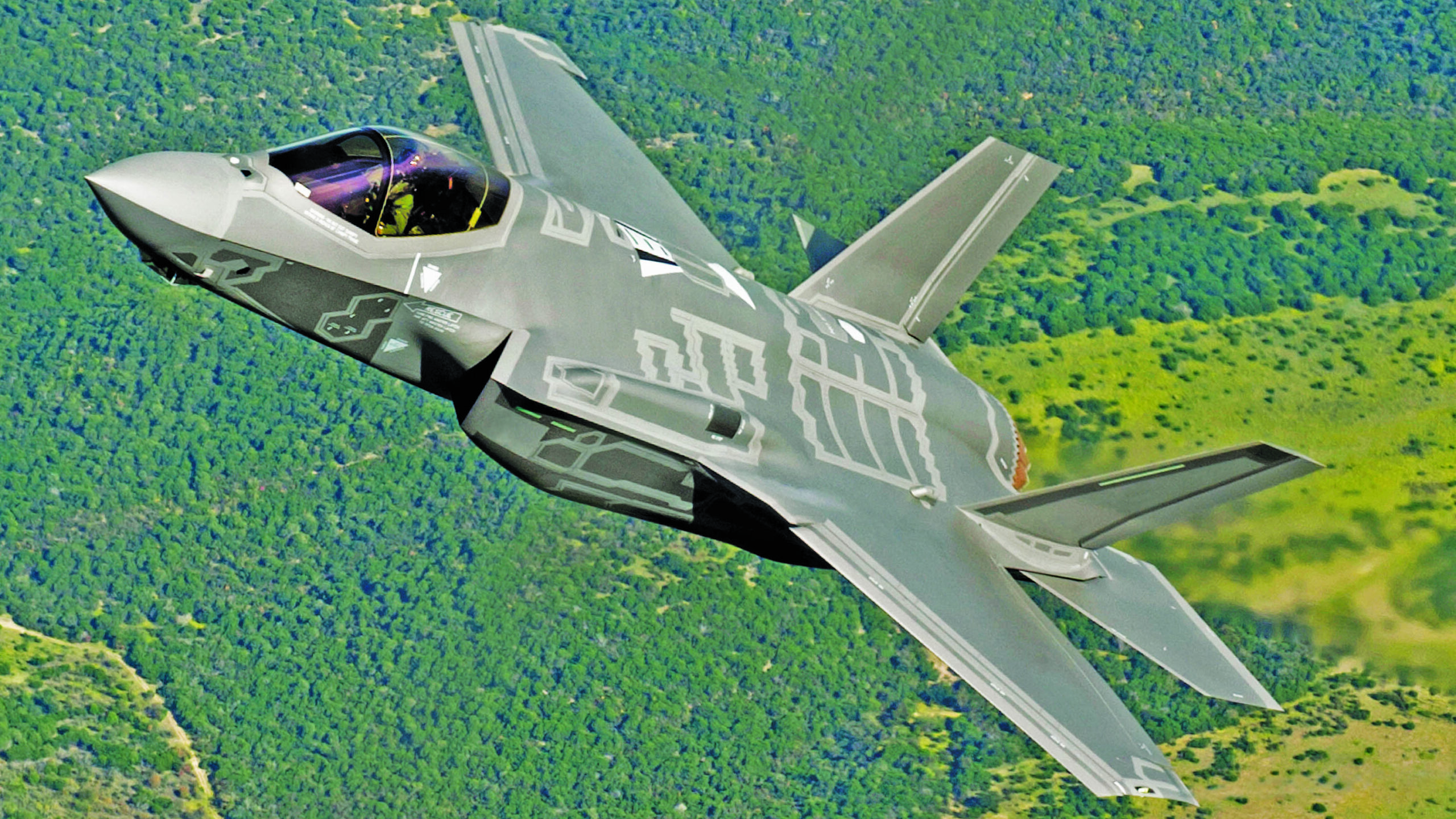
Next month, the Pentagon plans to stop accepting some newly built F-35s as they come off the production line at Lockheed Martin’s Fort Worth facility in Texas, in a development first reported by Breaking Defense. The reason given is the immaturity of the TR-3 hardware. Instead of being delivered to their units, “dozens” of the jets will be stored, temporarily, at Fort Worth. It could take until spring 2024 before issues with TR-3 are ironed out and the jets can finally be handed over.
The first production jets with TR-3 began to take shape in February and these airframes are expected to be completed before the end of July.
The F-35 Joint Program Office (JPO) confirmed to Defense News that the TR-3 delays mean that newly built fighters will be stored in the meantime.
“Starting later this summer, F-35 aircraft coming off the production line with TR-3 hardware will not be accepted until relevant combat capability is validated in accordance with our users’ expectations,” JPO spokesman Russ Goemaere said. “The JPO and Lockheed Martin will ensure these aircraft are safely and securely stored until [acceptance] occurs.”
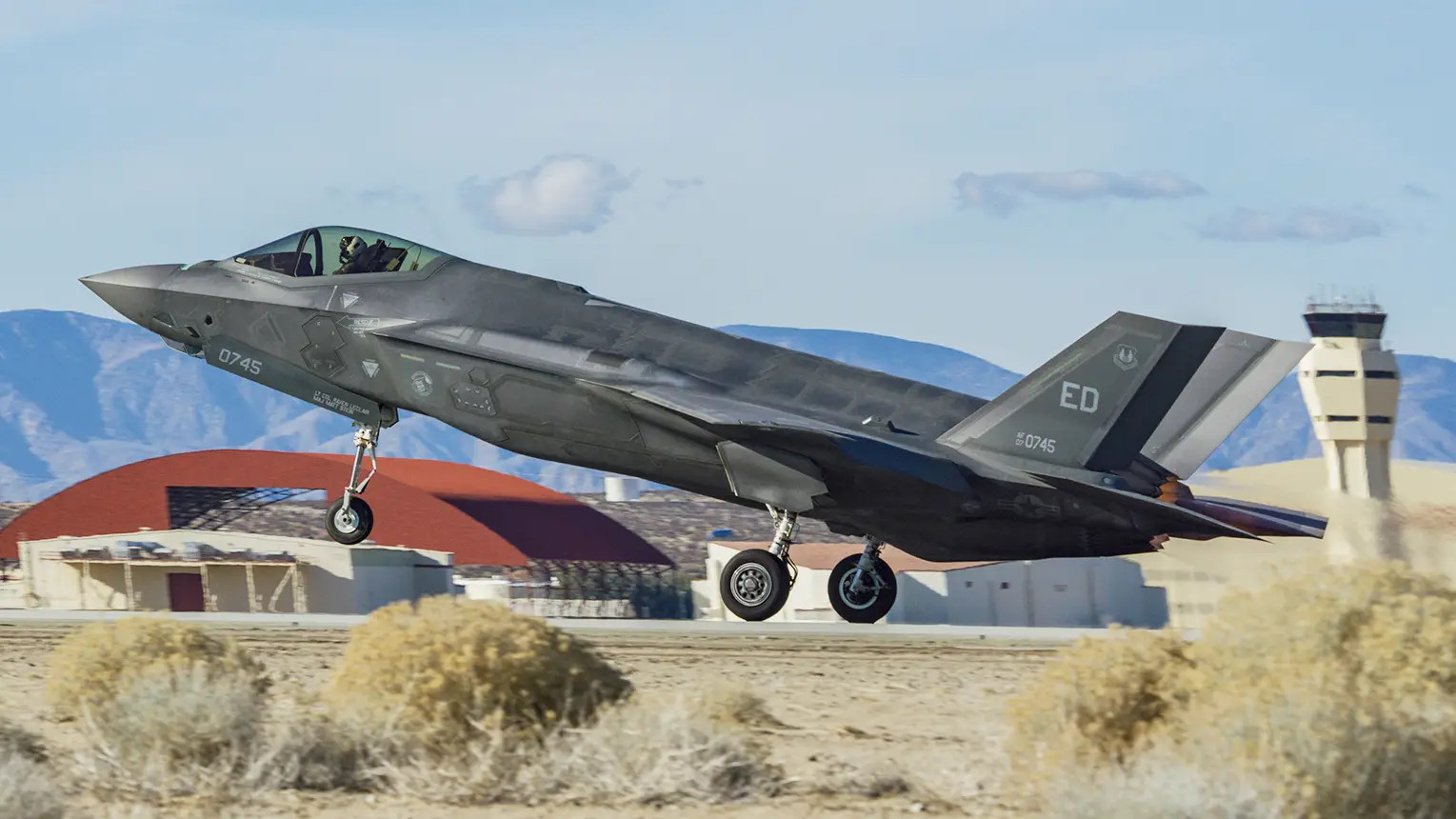
While TR-3-equipped F-35s will go into temporary storage, those with the previous TR-2 hardware will continue to be delivered as normal.
Unclear at this point is how many F-35s will be affected.
Defense News reports that Lockheed says it’s too early to say how many F-35s might have to be stored, and the company didn’t comment on the original plan for TR-3 production numbers this year. In total, however, including TR-2 and TR-3 configurations, Lockheed was planning to deliver around 150 F-35s in 2023.
Lockheed on Monday said that it has so far delivered more than 45 F-35s this year, with about 50 more TR-2 F-35s now under construction.
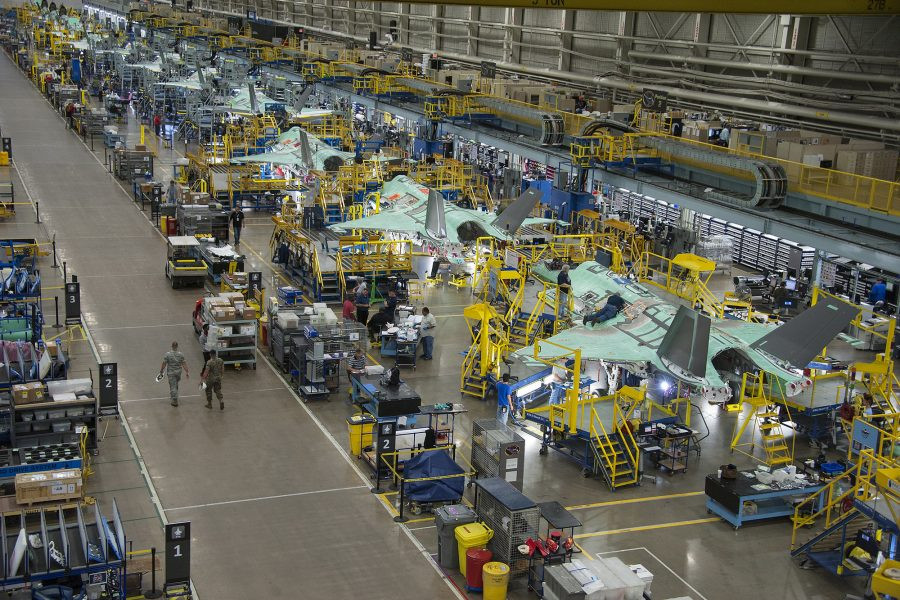
As we have discussed in the past, TR-3 is intended to significantly enhance the F-35’s core processor, memory unit, and associated avionics. With these changes, the jet will be better able to support the multiple new capabilities planned under the upcoming Block 4 modernization program, which will include a brand-new radar. The first F-35 with TR-3 upgrades installed — a specially instrumented flight test aircraft — took to the air for its maiden flight on January 6 this year, at Edwards Air Force Base, California.
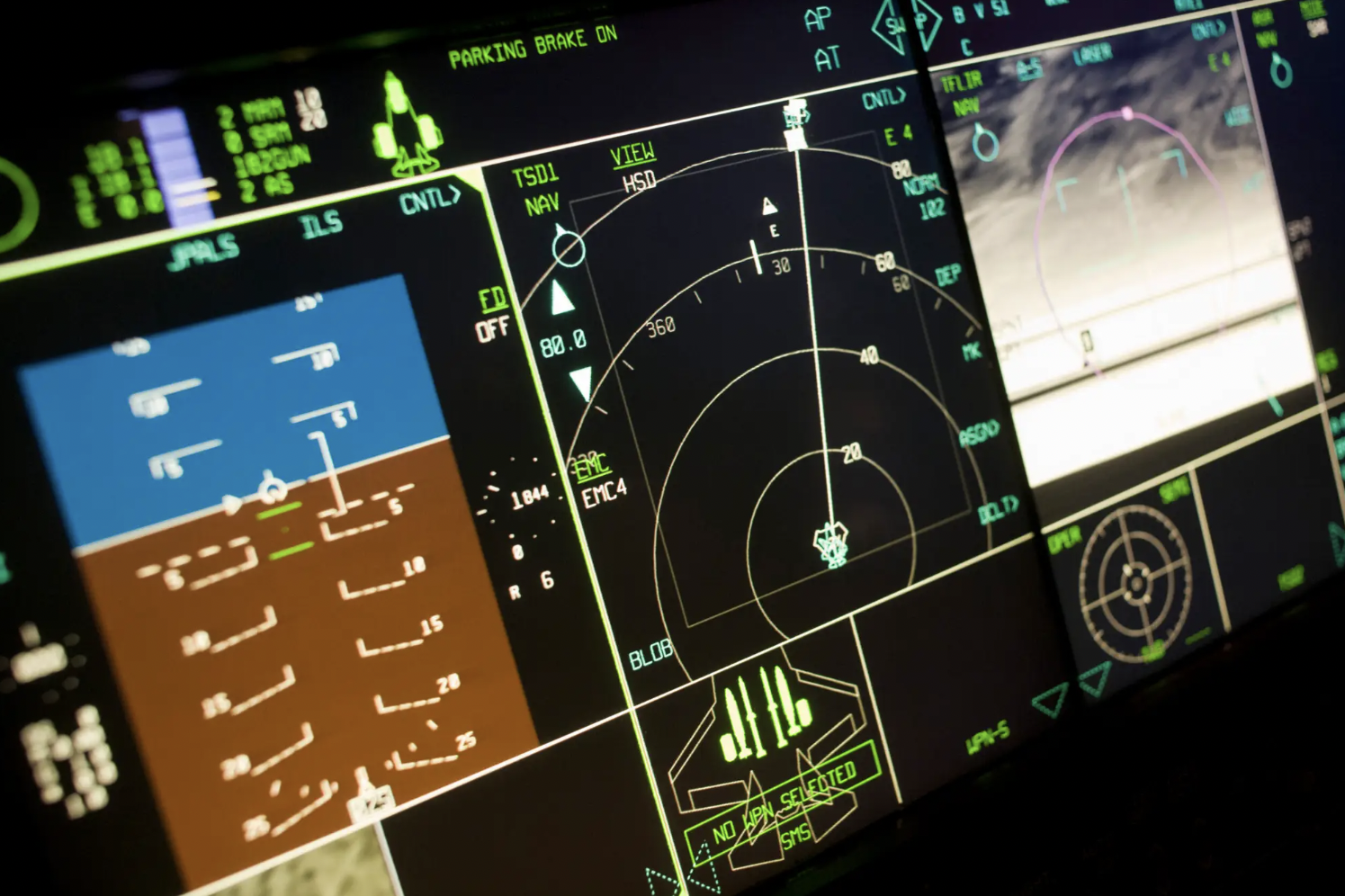
TR-3 was already delayed, having been planned to be delivered starting in April this year. Under current plans, the U.S. military will only start to receive new F-35s with TR-3 once all development testing is completed.
Once TR-3 is proven, then the F-35 will be ready to undergo Block 4 modernization. Among others, Block 4 will allow the jets to carry a larger variety of precision weapons, will greatly enhance its electronic warfare capability, and provide better target recognition.
In the best-case scenario, TR-3 could be declared ready in December of this year, although it could take until April 2024 — 12 months later than previously expected.
Last year, the Government Accountability Office reported that challenges in the development of TR-3 increased the cost of the overall Block 4 modernization effort by $330 million in 2021 and contributed to program delays. In its announcement of the first flight test sortie with TR-3 in January, the JPO said, “The TR-3 program has overcome technical complexity challenges with hardware and software and is now on track to deliver capability.”
Earlier this year, F-35 program executive officer Lt. Gen. Michael Schmidt told the House Armed Services subcommittee on tactical air and land forces that the development of TR-3’s hardware was lagging behind, with a knock-on effect on the production schedule. Although Lt. Gen. Schmidt said there had been improvements made, including to reliability, software integration remained a problem.
Lt. Gen. Michael Schmidt addresses the House Armed Services subcommittee on tactical air and land forces. His comments about the F-35 program start at around 1:02:00 mark in the runtime.

While a pause on F-35 deliveries may make sense in the long run, in terms of the Pentagon receiving jets that have “relevant combat capability,” it hardly comes as good news for a program that has already seen two production stops in the space of a year.
Last September, F-35 deliveries were placed on hold after officials learned that a component contained materials produced by China, something you can read more about here. The component, a magnet used in F-35 turbomachine pumps, “does not transmit information or harm the integrity of the aircraft and there are no performance, quality, safety, or security risks associated with this issue,” the JPO said in a statement at the time. After a security review, deliveries resumed in October.
Then, last December, deliveries came to a halt after pre-delivery acceptance flights were paused. This was in response to a December 15 accident at Fort Worth involving a pre-delivery F-35B, later found to be the result of an engine vibration problem. Deliveries resumed again after a fix was introduced.

Now, as it stands, it’s unclear how many F-35s will be affected by the latest pause in deliveries. In the best-case scenario, based on Lockheed’s estimation that TR-3 testing could be complete in December this year, that will leave a portion of the jets in storage for at least around five months.
In the more pessimistic scenario, based on the JPO’s expectation that TR-3 might not be ready until next April, then some of the stealth jets will be stored for around nine months.
Either way, it’s a a major setback based on the previous plans of having TR-3-equipped jets delivered to the customer in April 2023.
There could also be further setbacks head.
In March this year, senior U.S. military officials discussed the F135 engine’s limitations while outlining a plan to pursue an Engine Core Upgrade (ECU) effort before members of a subcommittee of the House Armed Services Committee.
The U.S. military sees planned engine upgrades for all the variants of the F-35 as critical since the Pratt & Whitney F135 turbofans that power all of the aircraft have been “under spec since the beginning,” according to the JPO. This means the engines are routinely operated at higher-than-expected temperatures, leading to an increased maintenance and logistics burden, and reducing the F-35’s overall readiness rates.
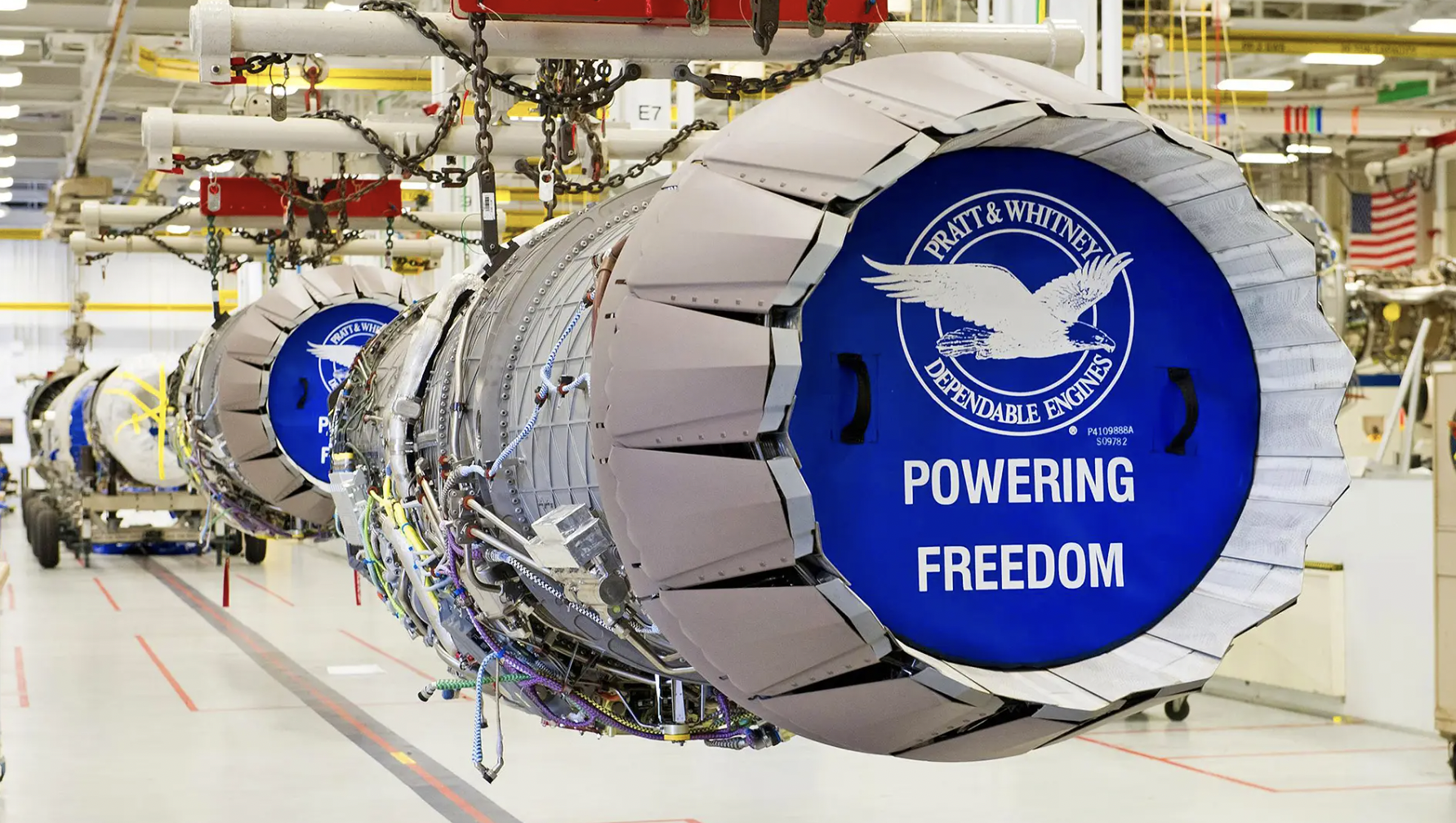
The Engine Core Upgrade is of particular relevance for TR-3 and Block 4, as well. Both these efforts demand additional electrical power and have increased cooling needs, something that the ECU is intended to address via its power and thermal management system (PTMS) improvements.
In a report last month on the F-35’s cost growth and engine modernization, the U.S. Government Accountability Office (GAO) stated that “The program assessed some engine and cooling improvement options, but it has not fully defined the requirements for how much future cooling the aircraft will need.” The report added that the Pentagon “hasn’t taken some important steps, such as fully assessing the costs and technical risks of the different [engine and cooling system] options.”

The GAO recommended that “Congress should consider directing the F-35 program to manage the engine modernization as a separate program. GAO added this matter for Congress because [the Department of Defense] has not committed to a separate engine program consistent with GAO’s recommendation.”
Most recently, it emerged that the U.S. Air Force, Navy, and Marine Corps may all end up choosing different cooling upgrades for their F-35s after a plan emerged under which they would draft their own requirements. That would inevitably drive up costs and likely increase the potential for further delays.
So, while the status of the Engine Core Upgrade is critical for the F-35 in general, delays with it could have a very significant impact on the already delayed TR-3 program, as well as the Block 4 modernization that, in turn, relies upon it.
Ultimately, ensuring the F-35 has an engine that fulfills performance parameters, especially when demands for electronic power and cooling are growing, could even end up being a bigger issue than the latest delivery pause, due to come into effect this summer.
Contact the author: thomas@thedrive.com
